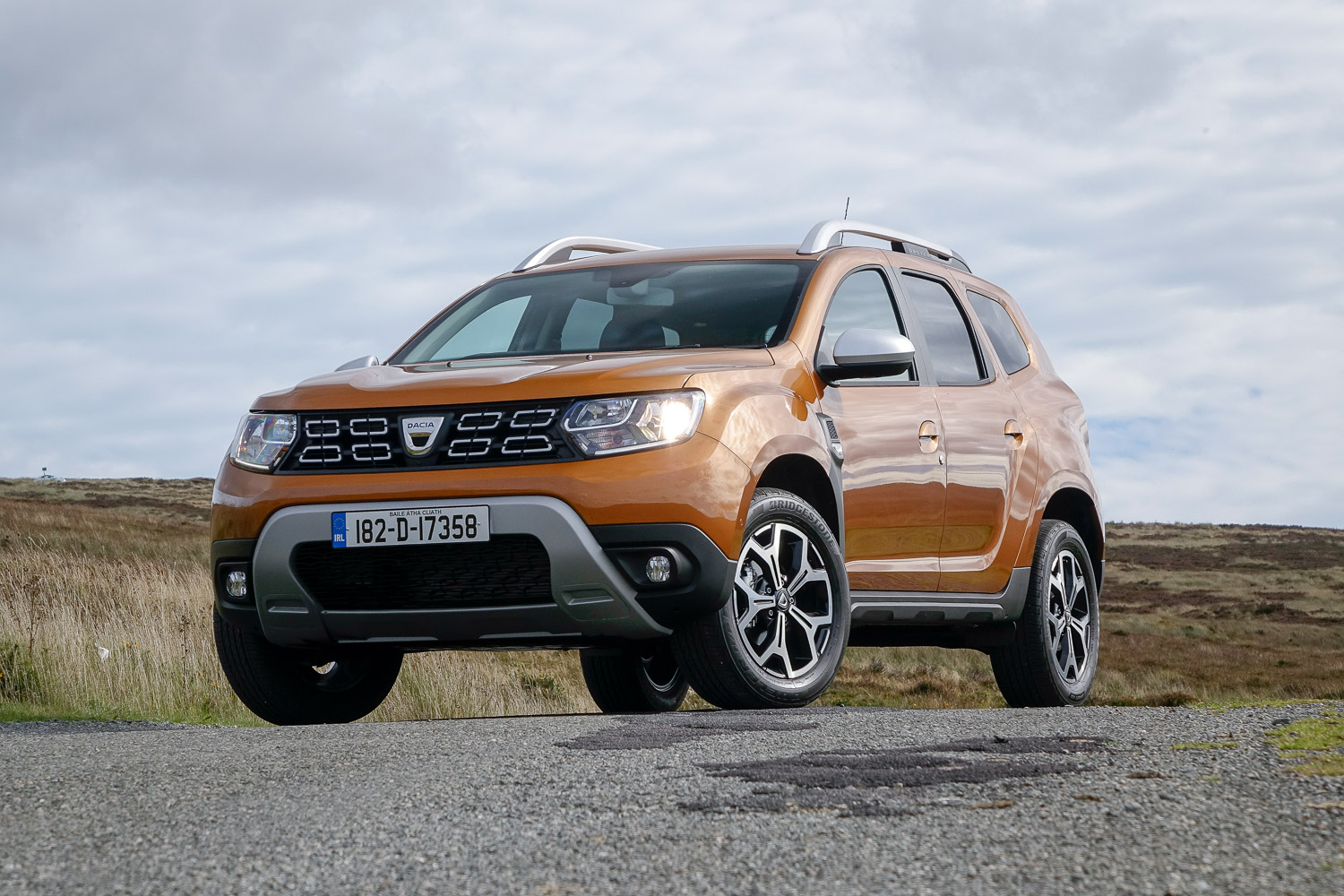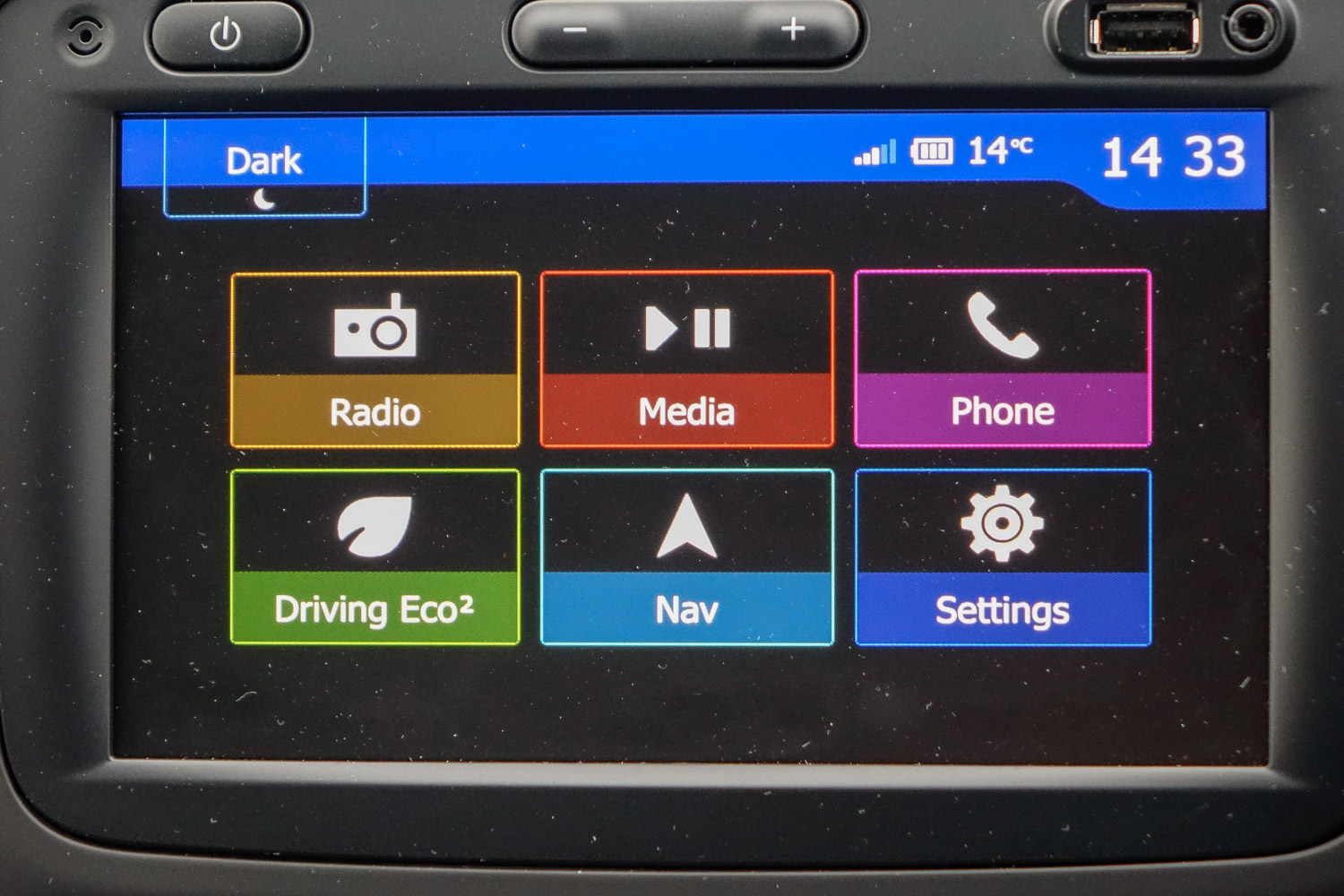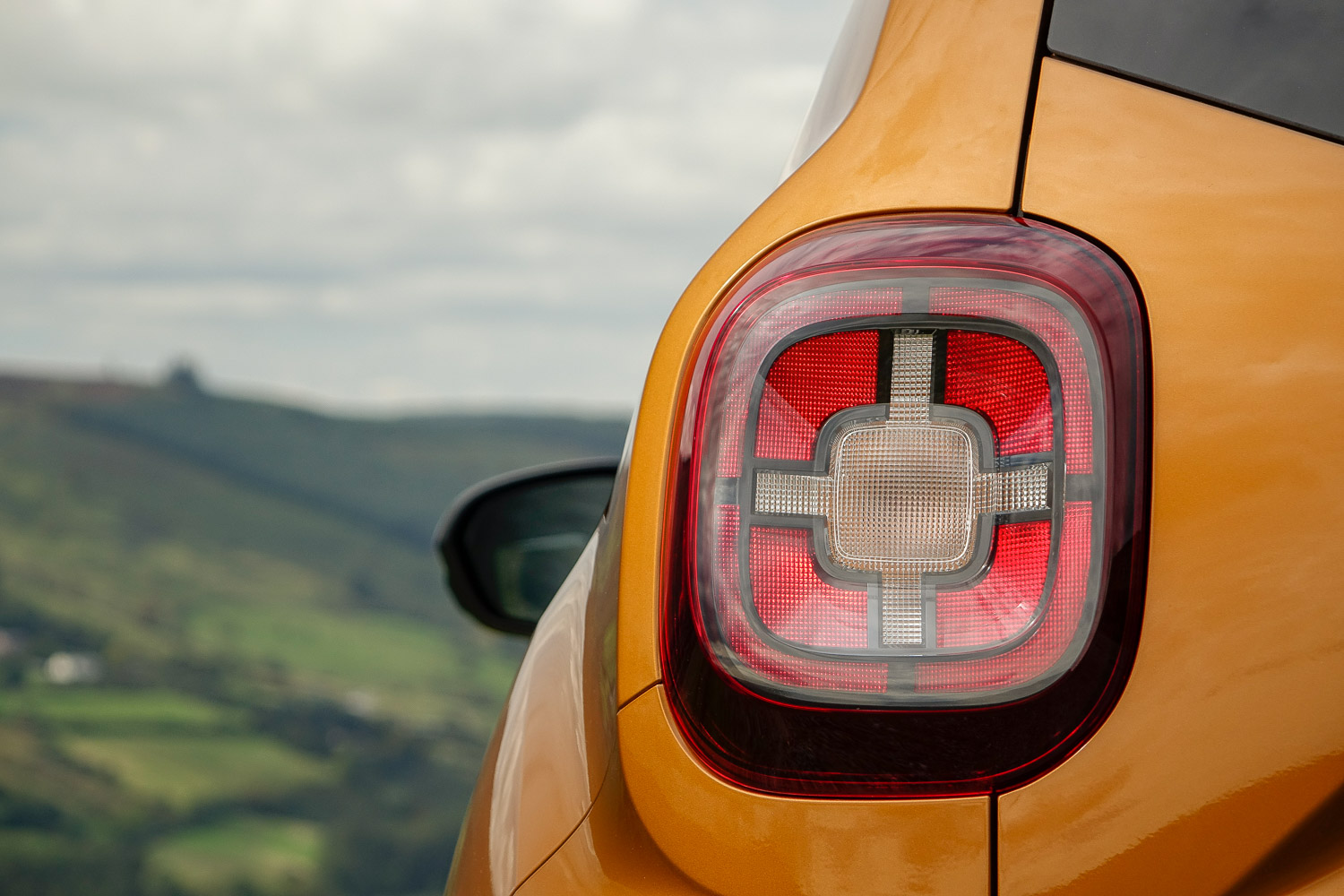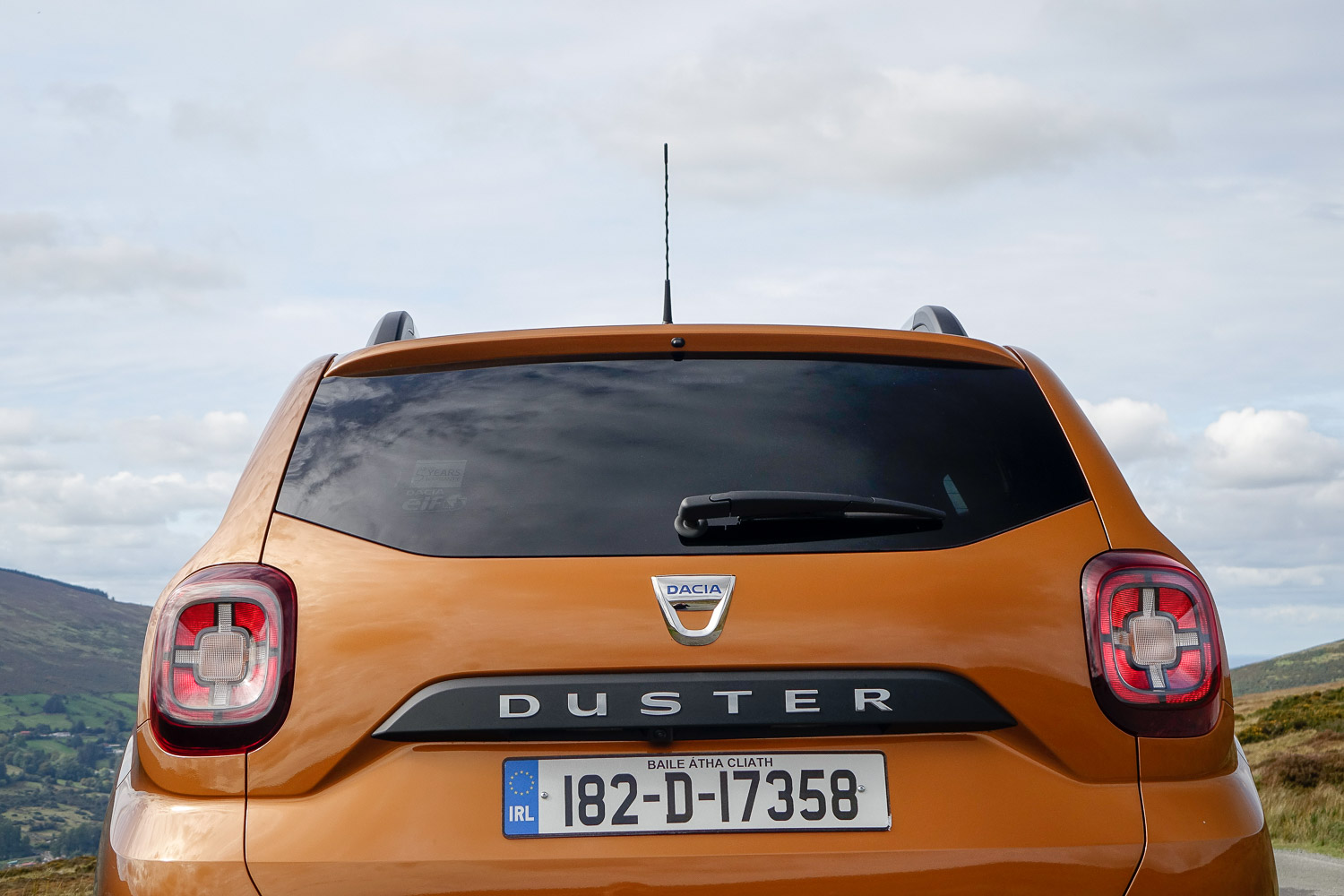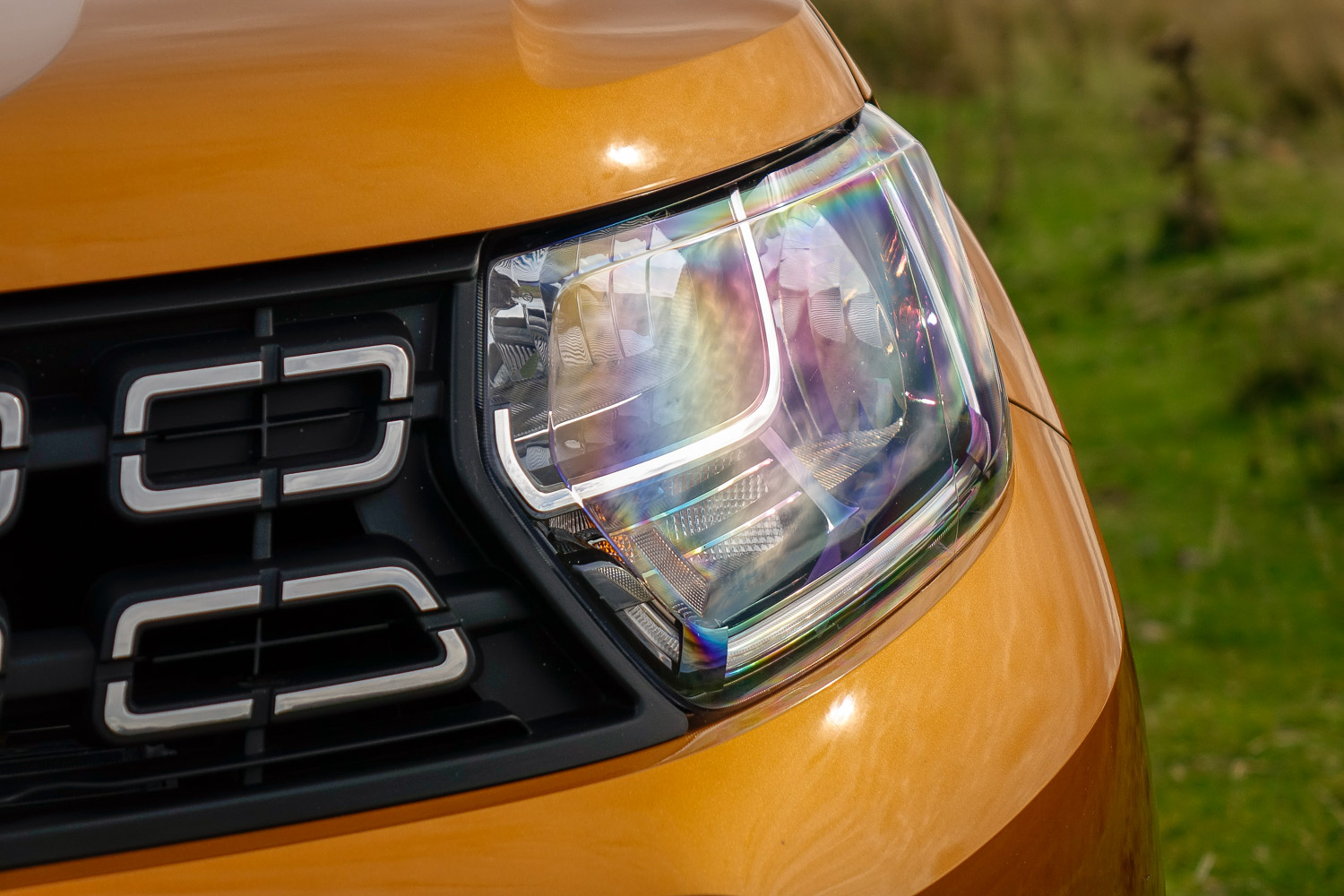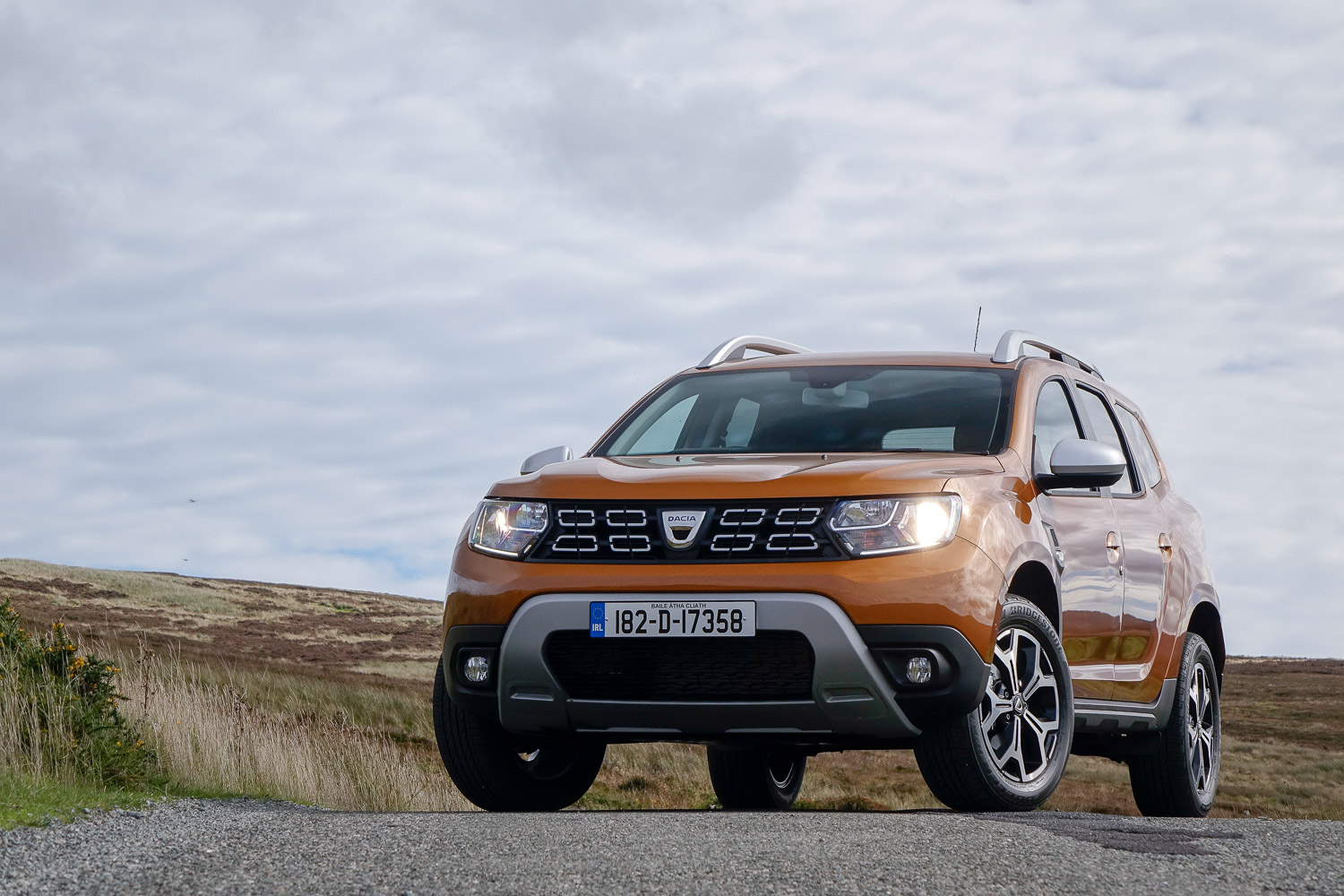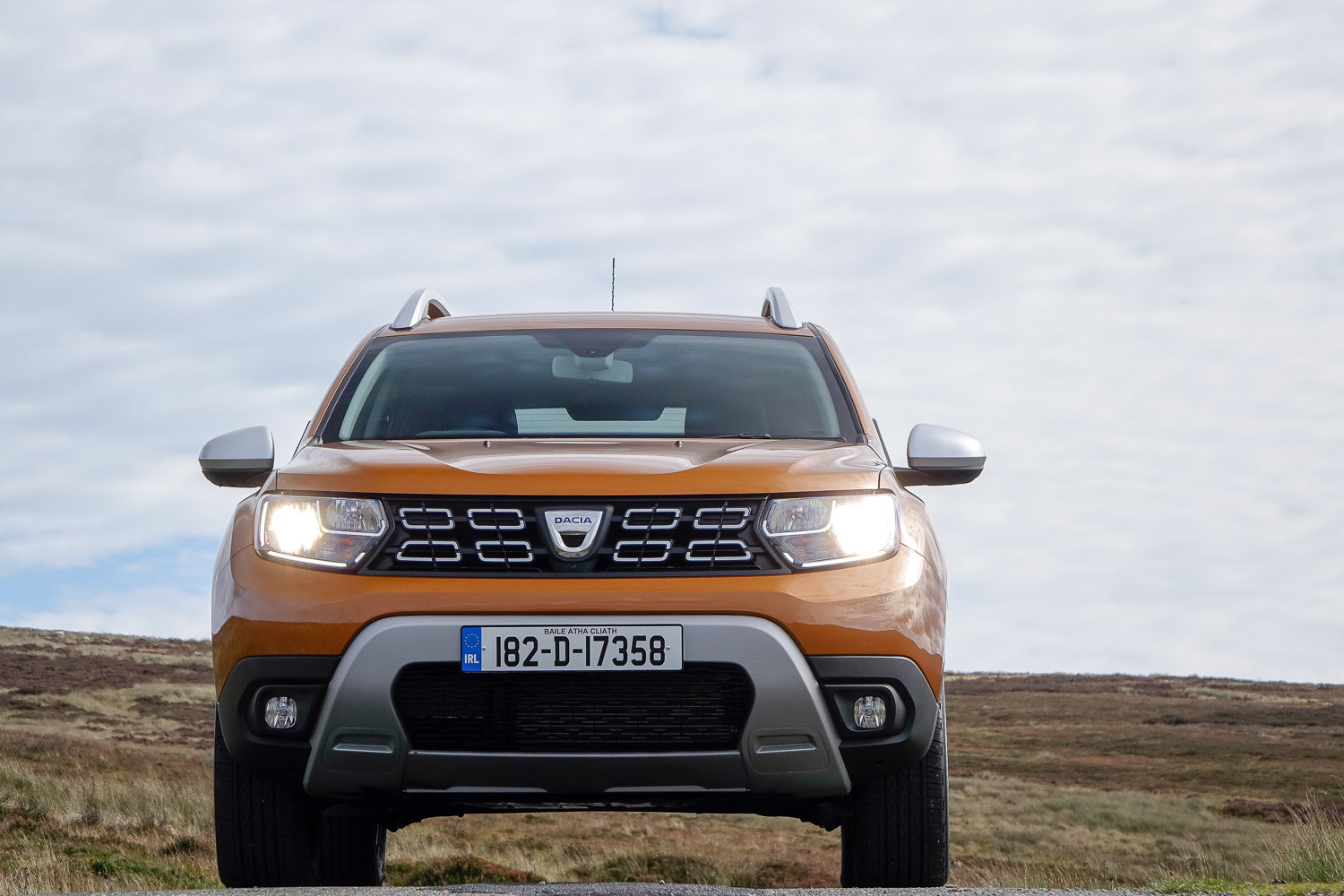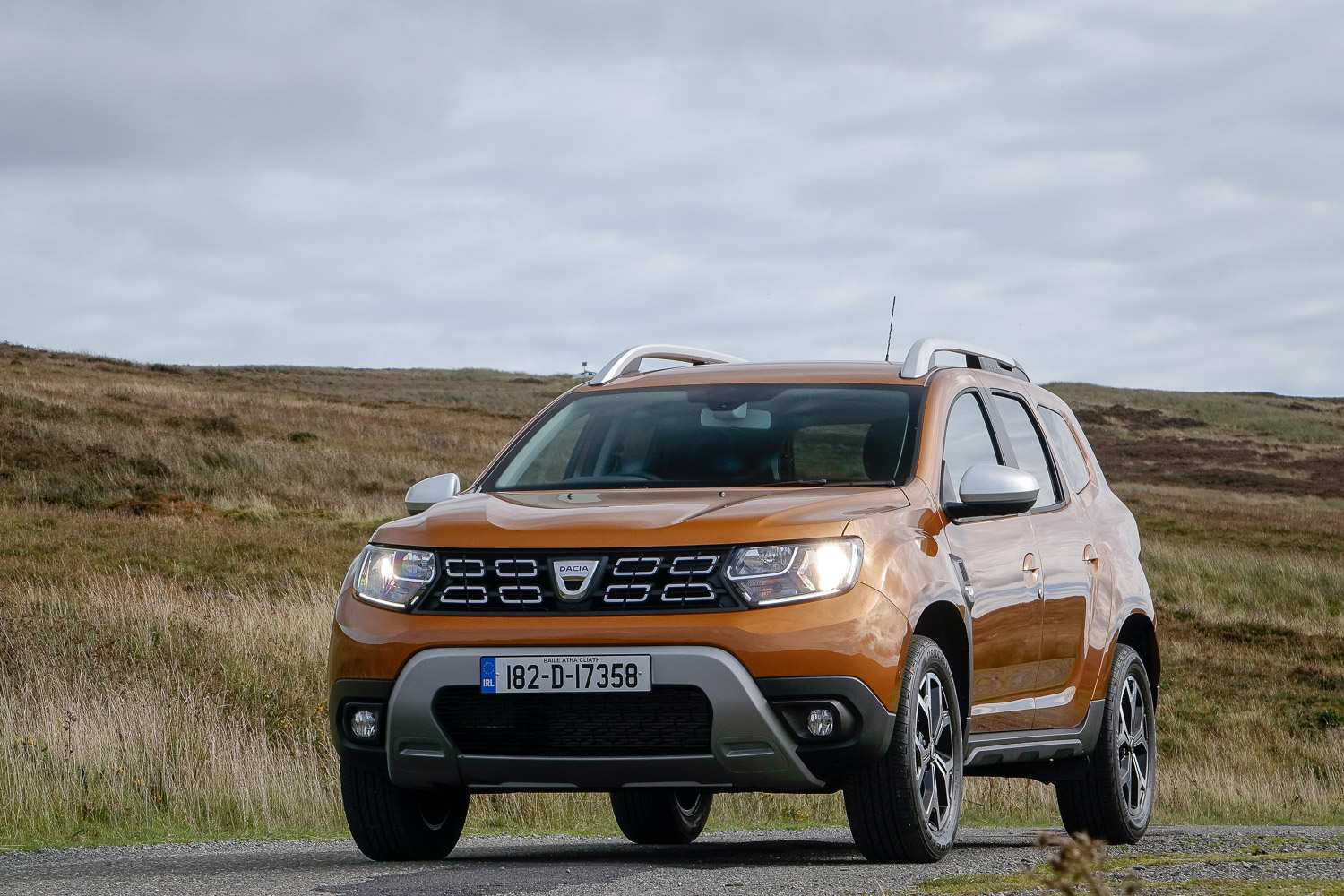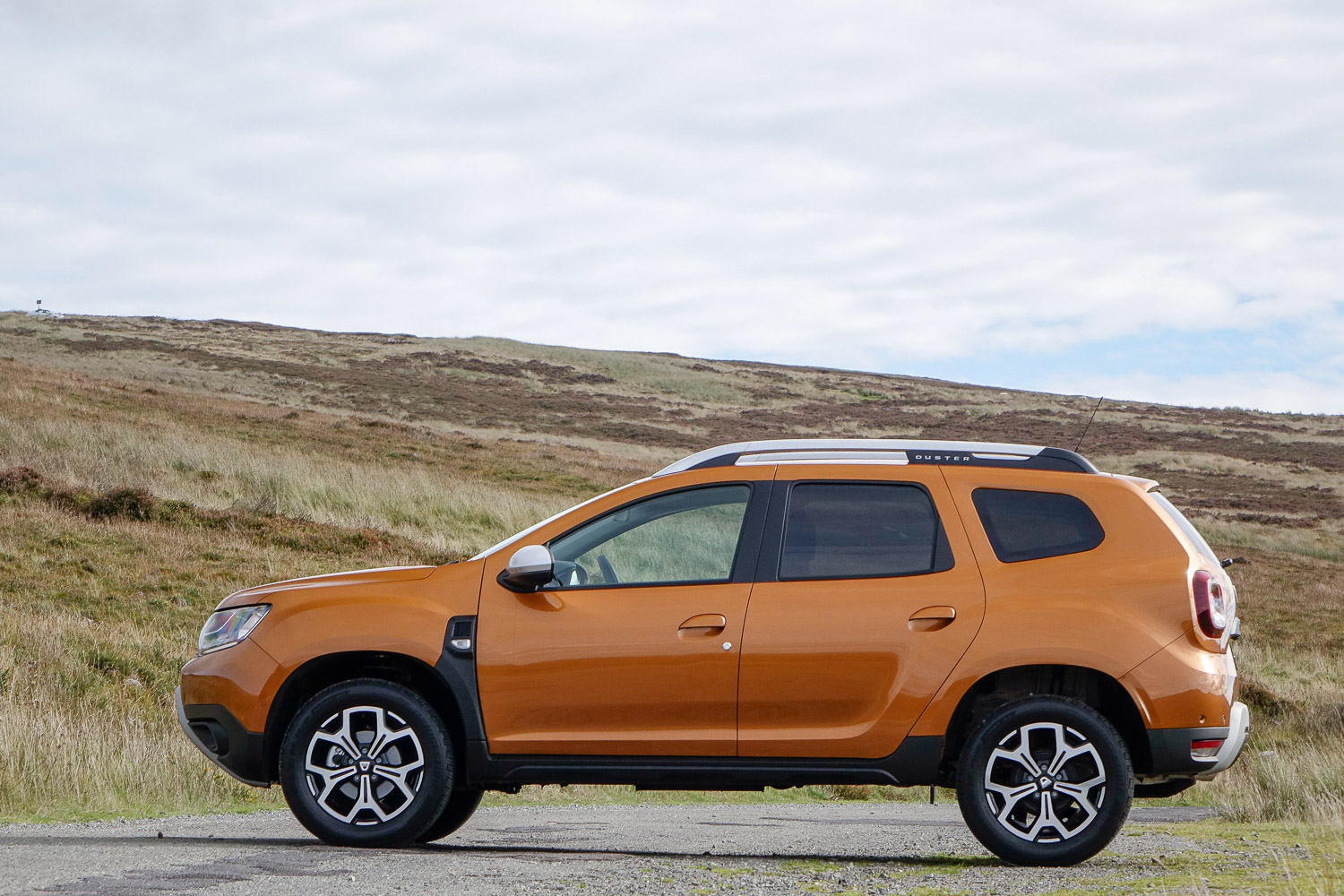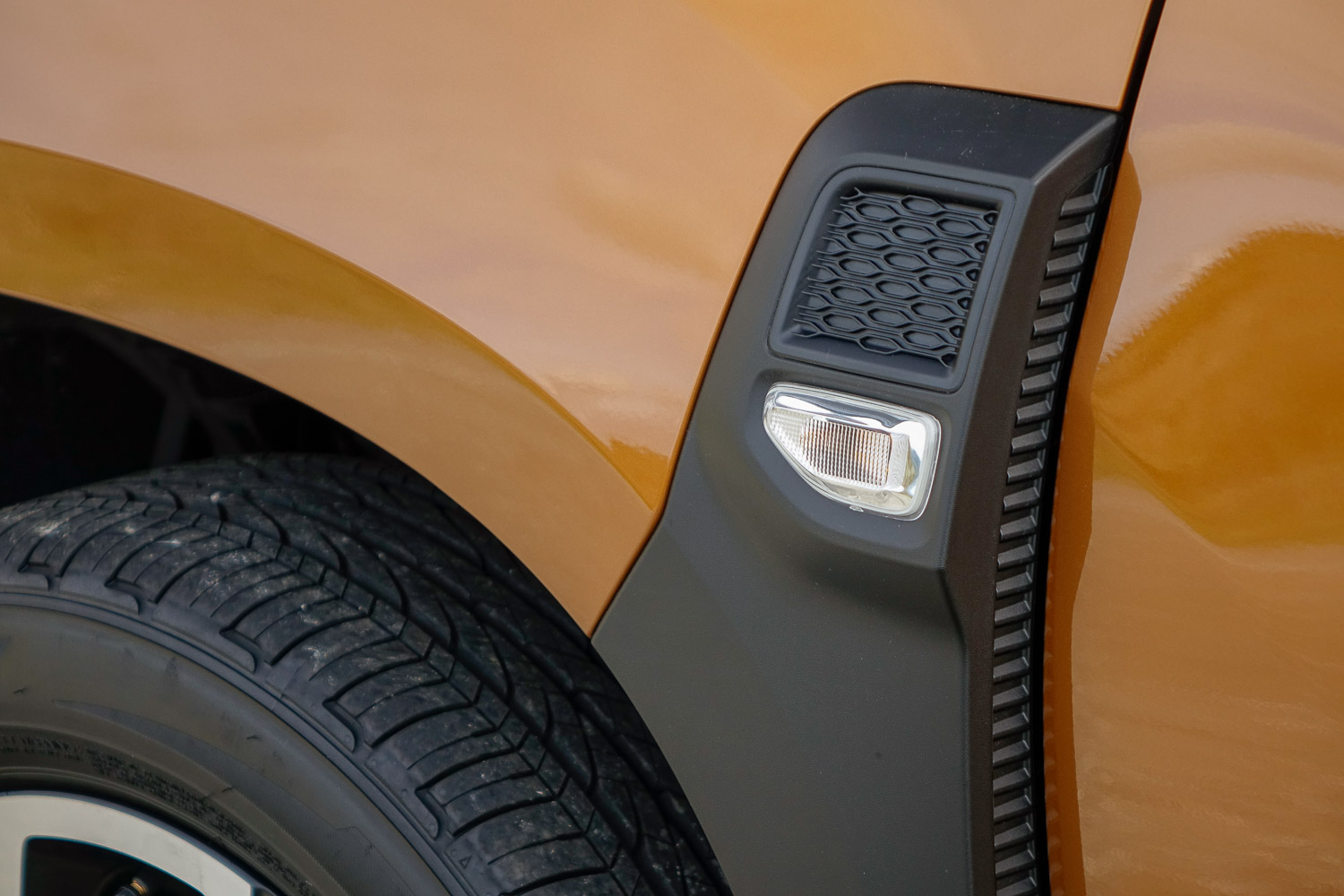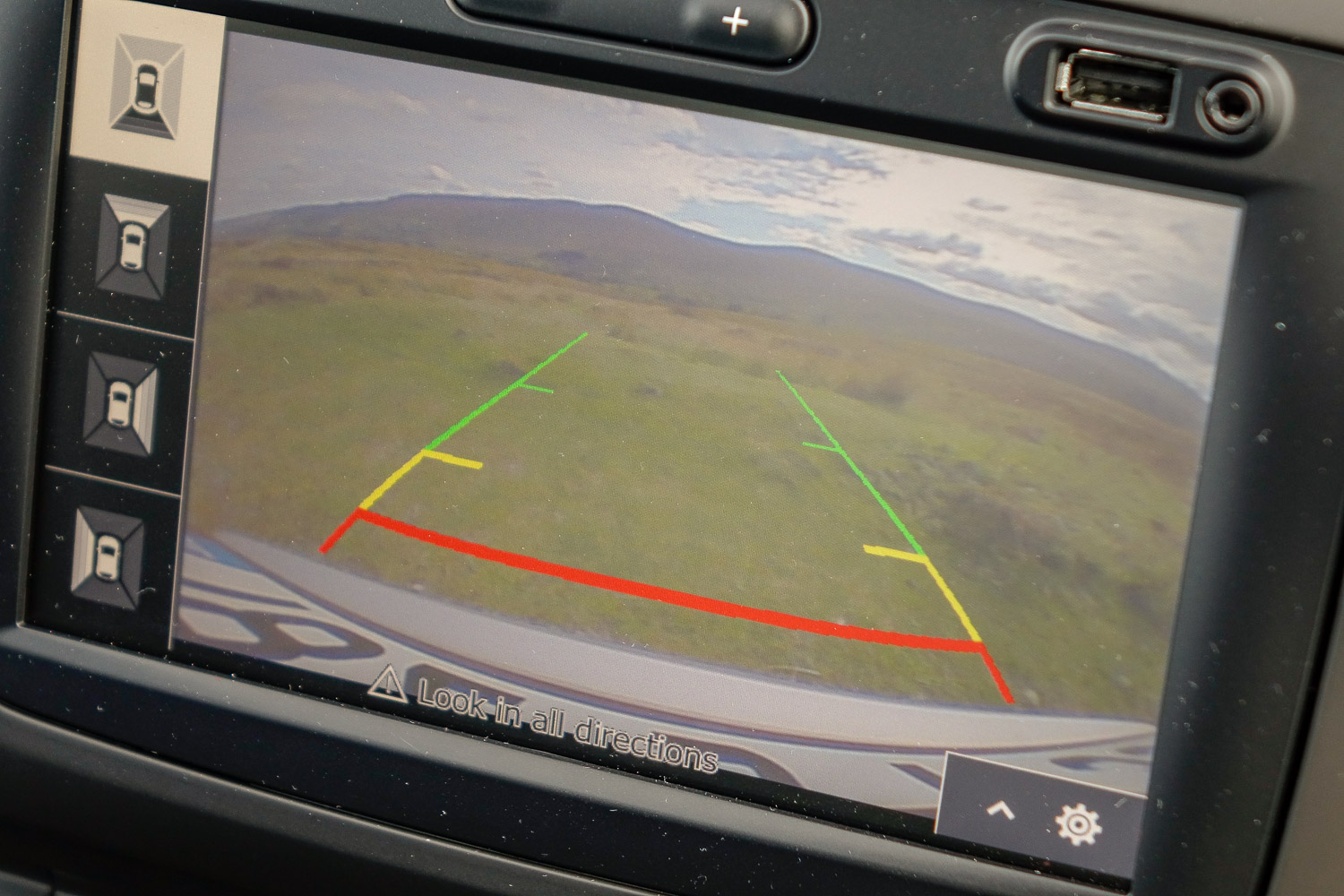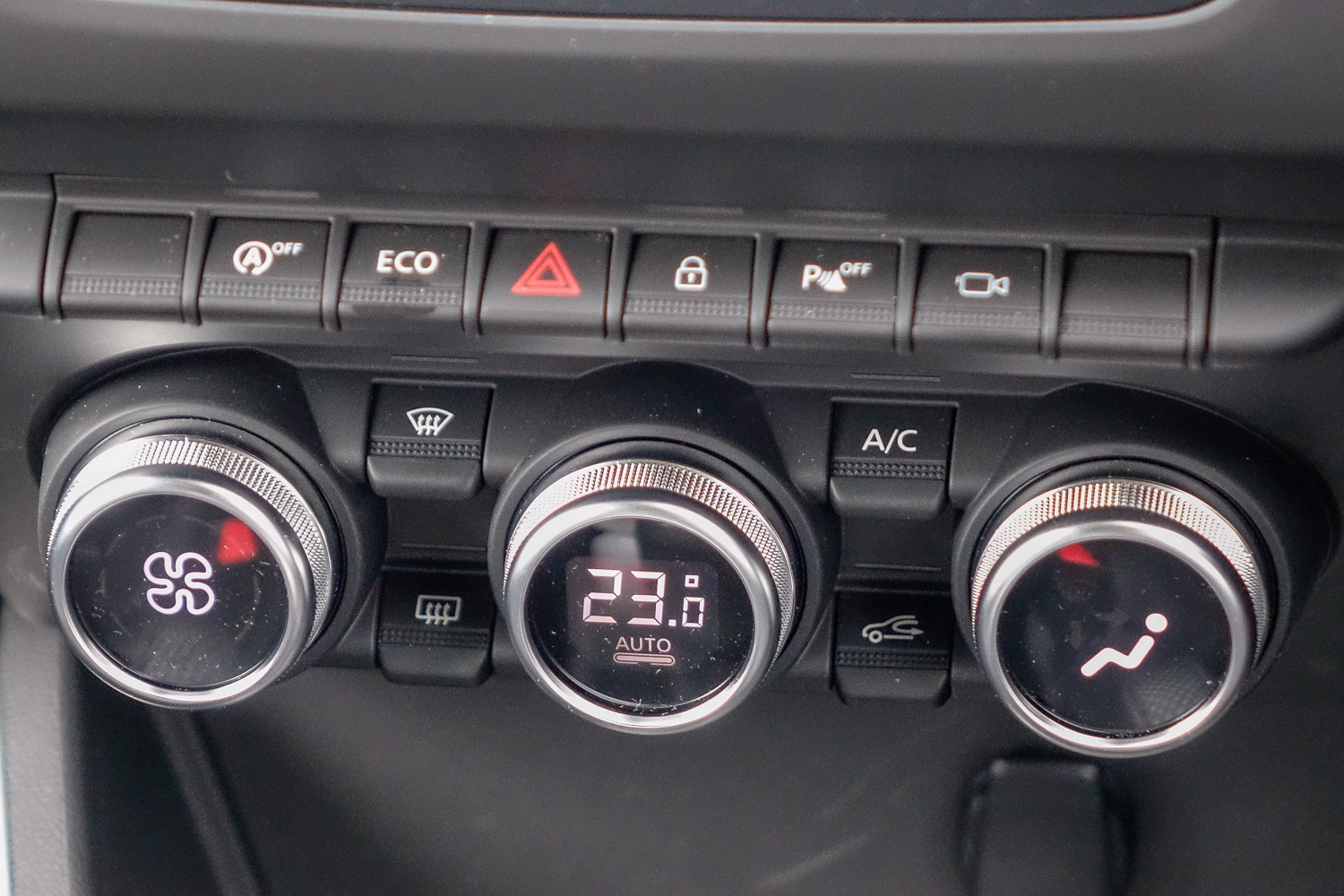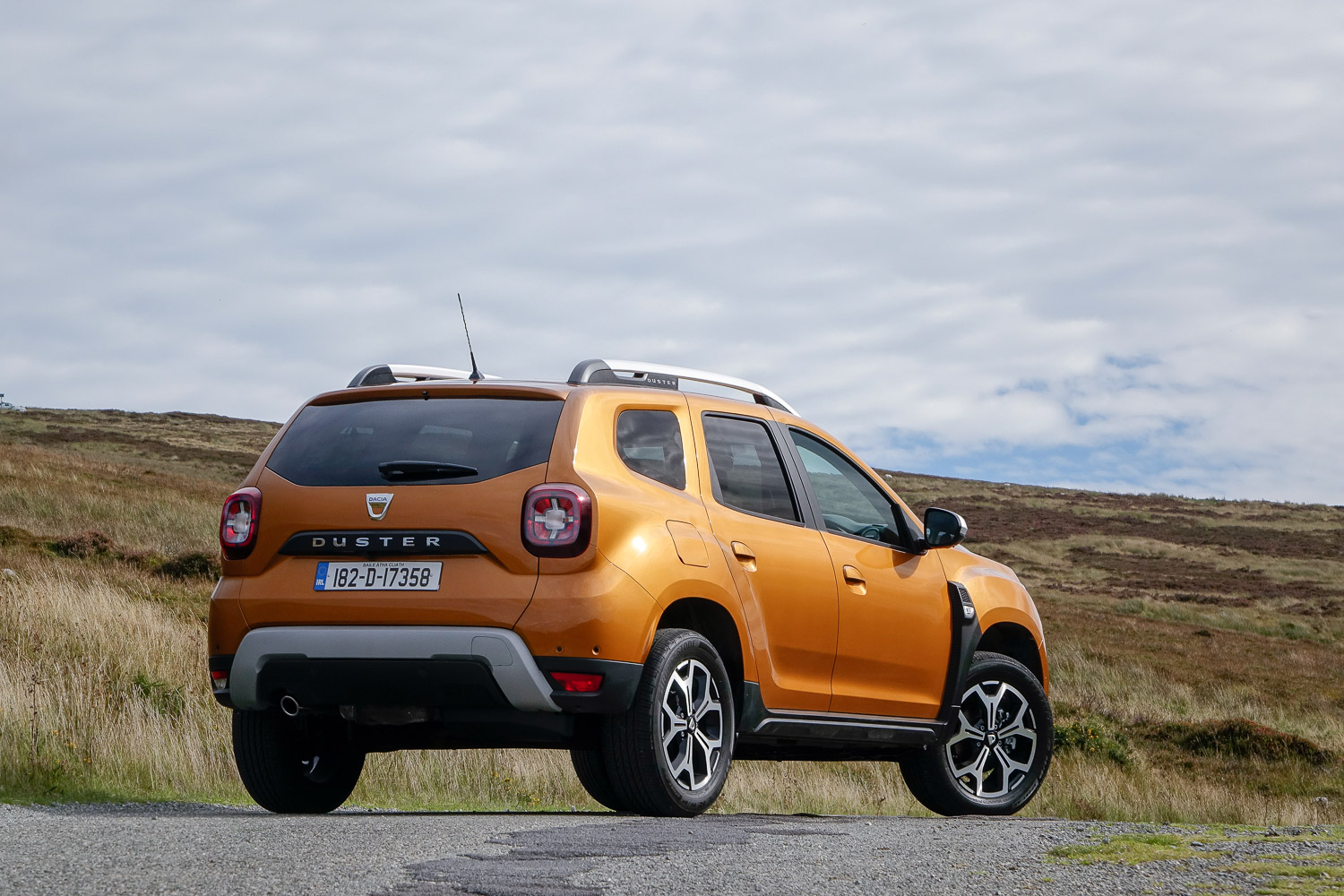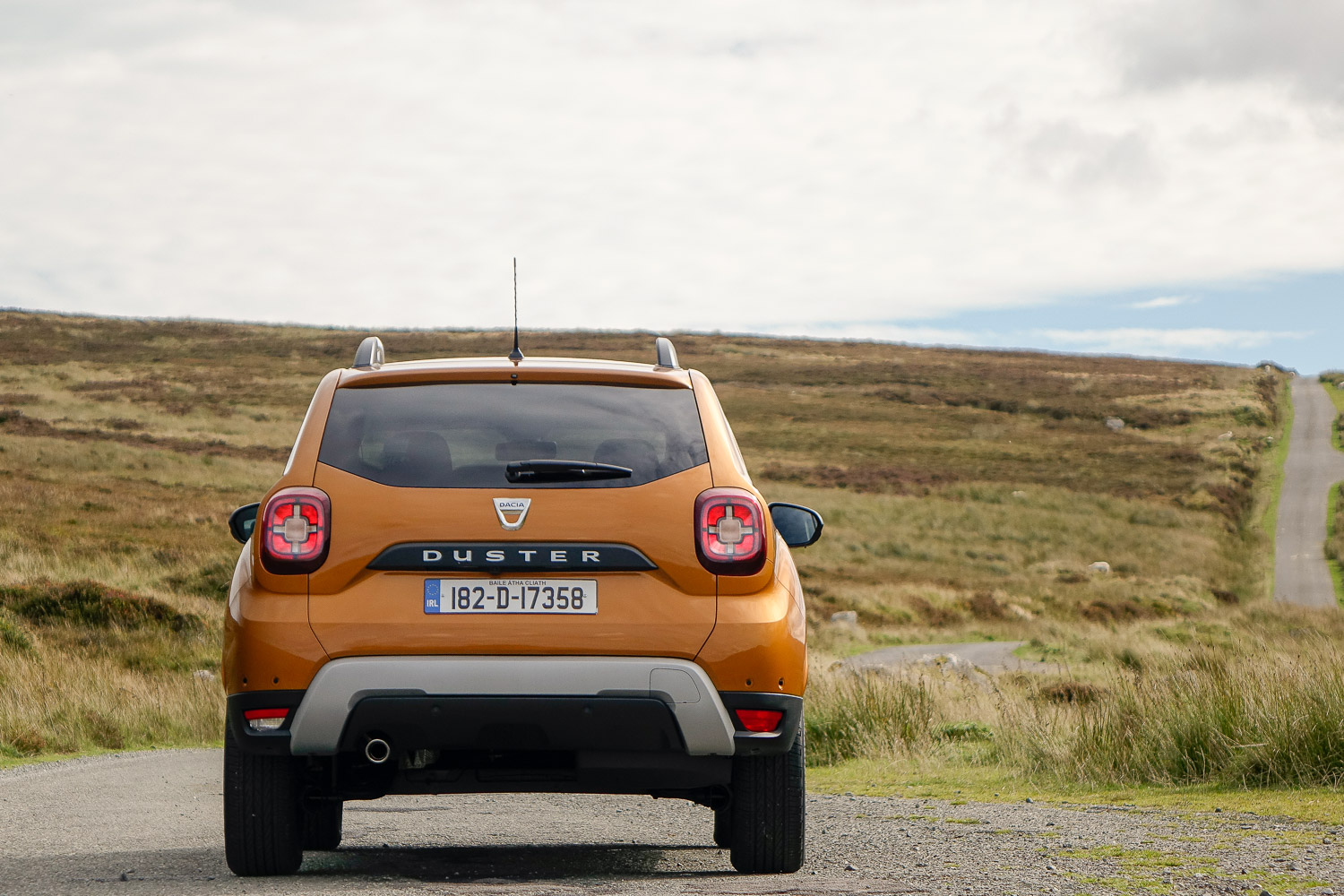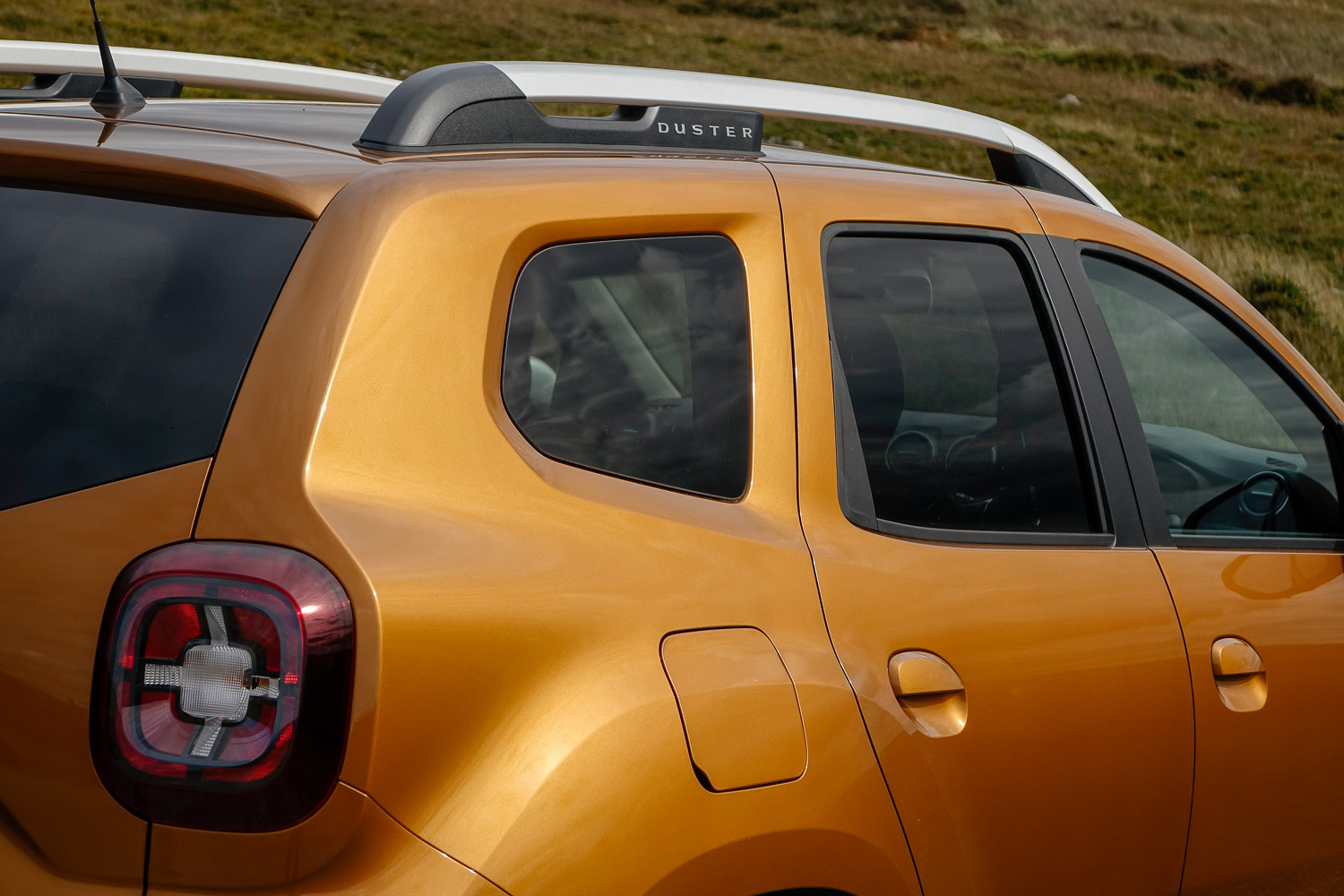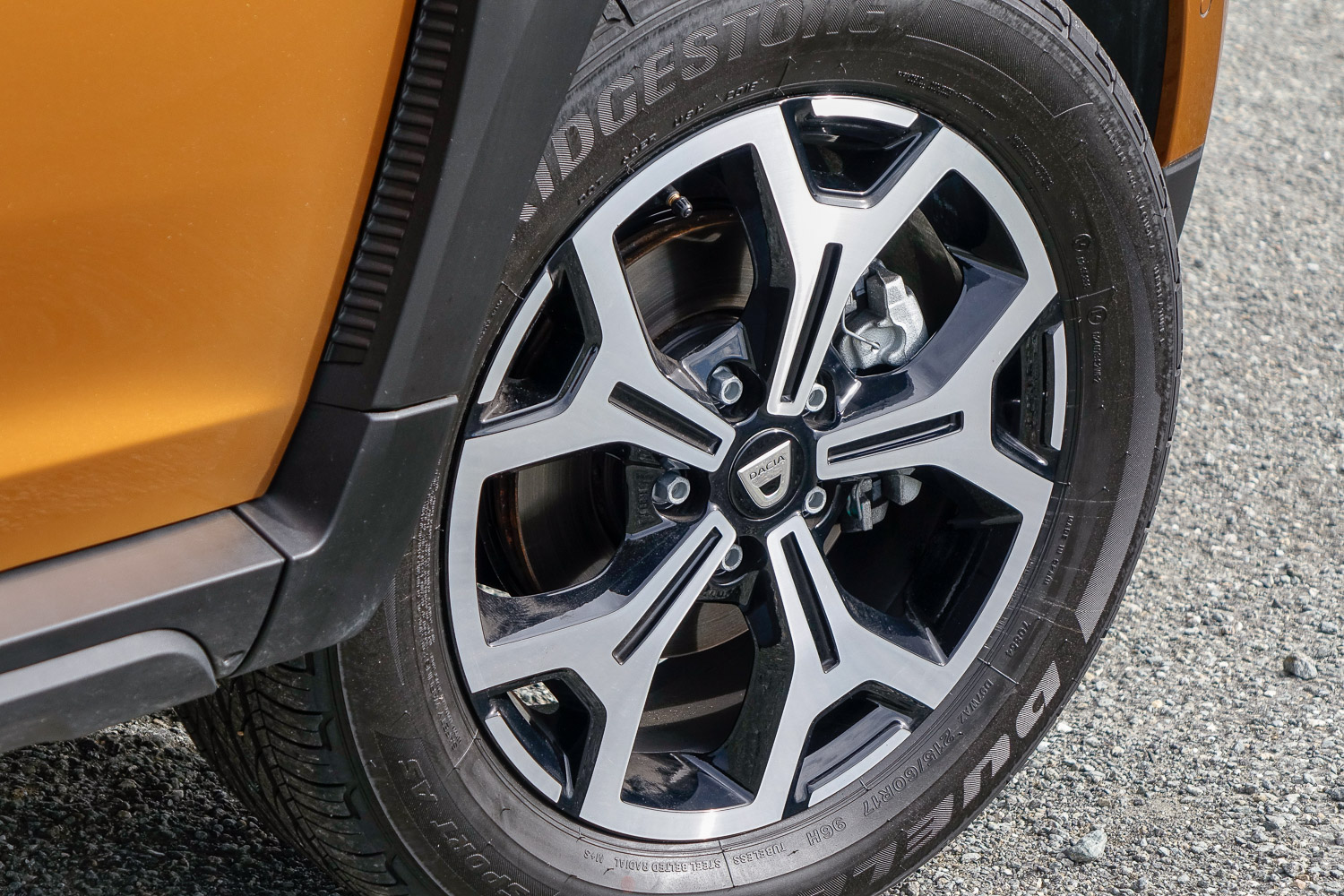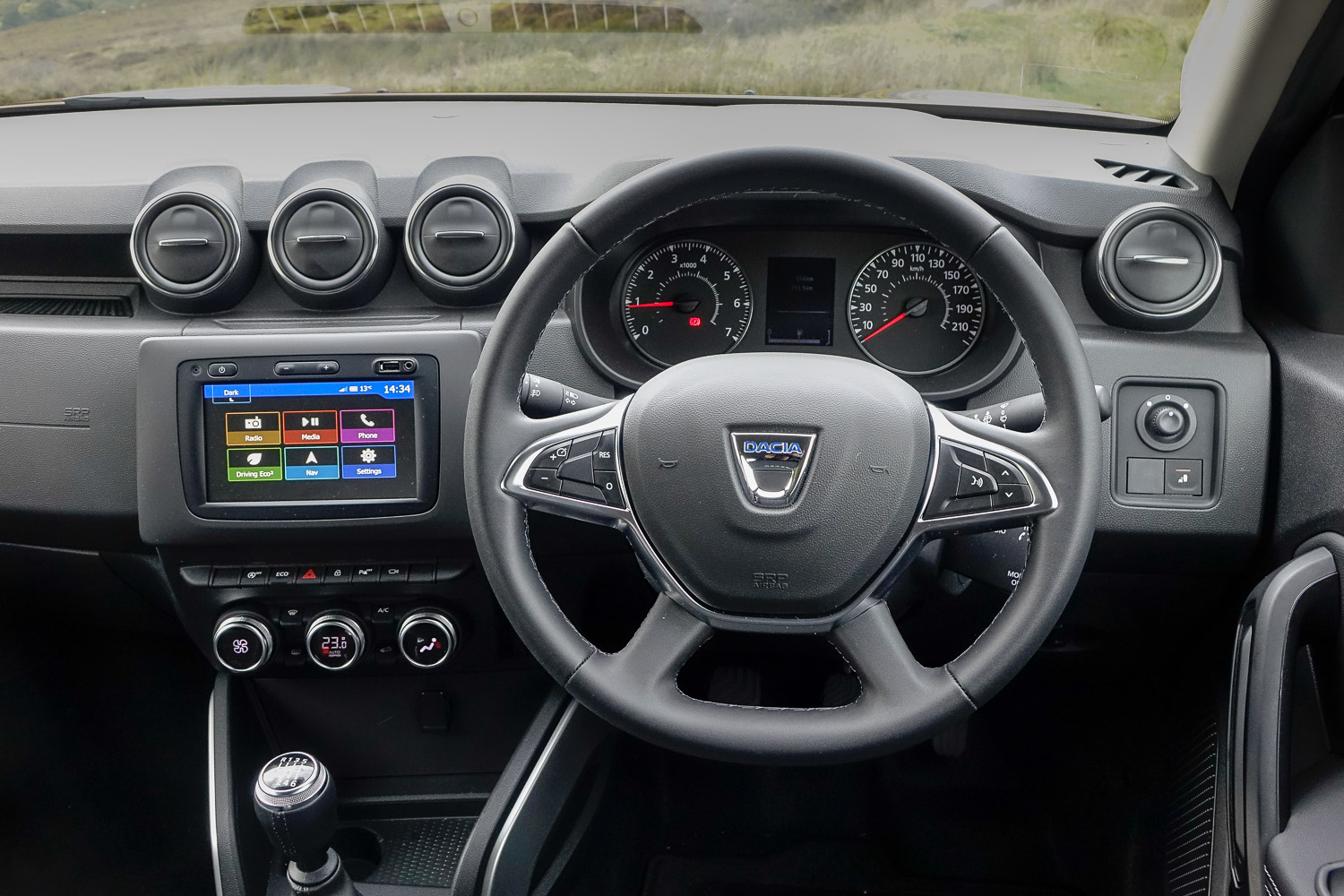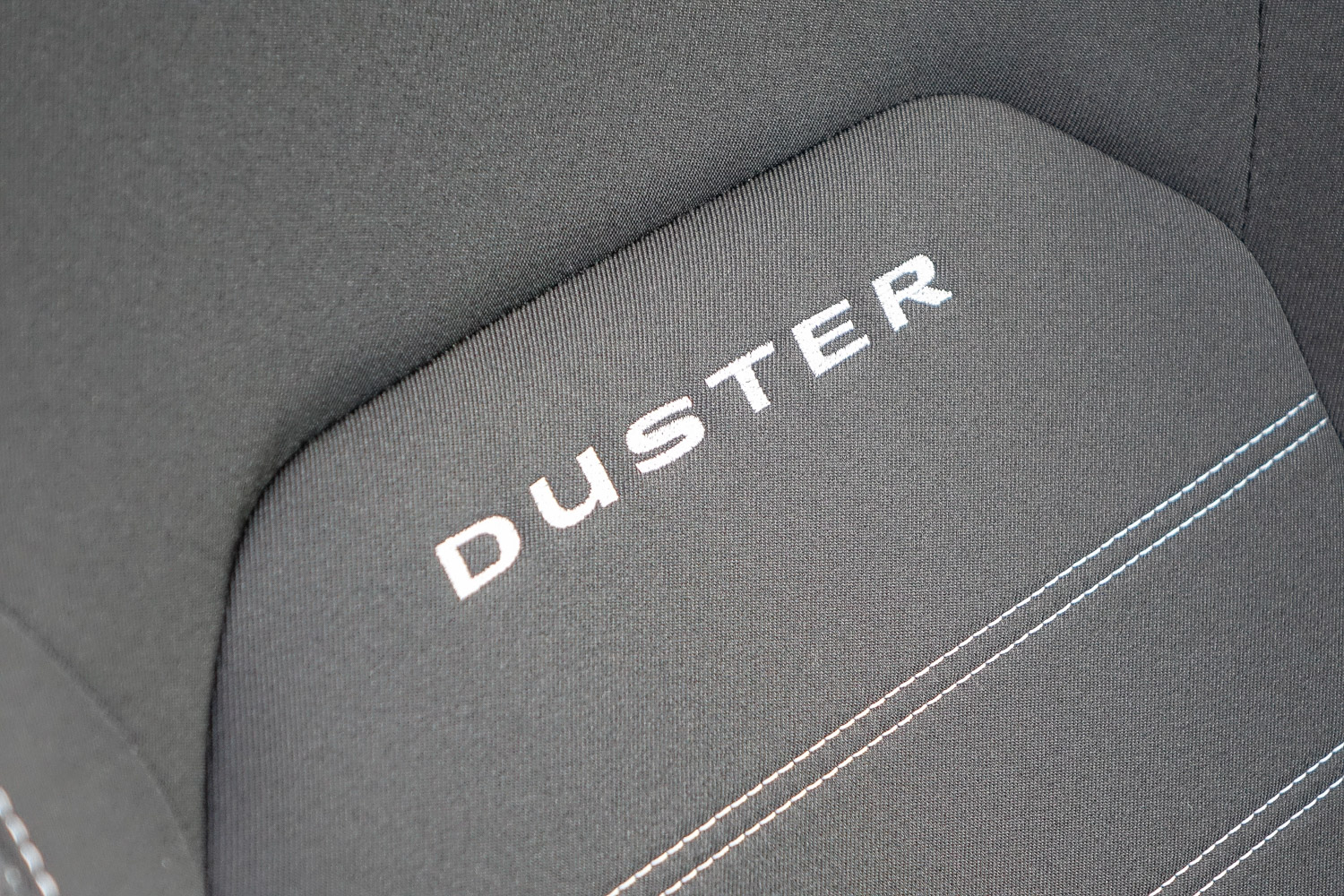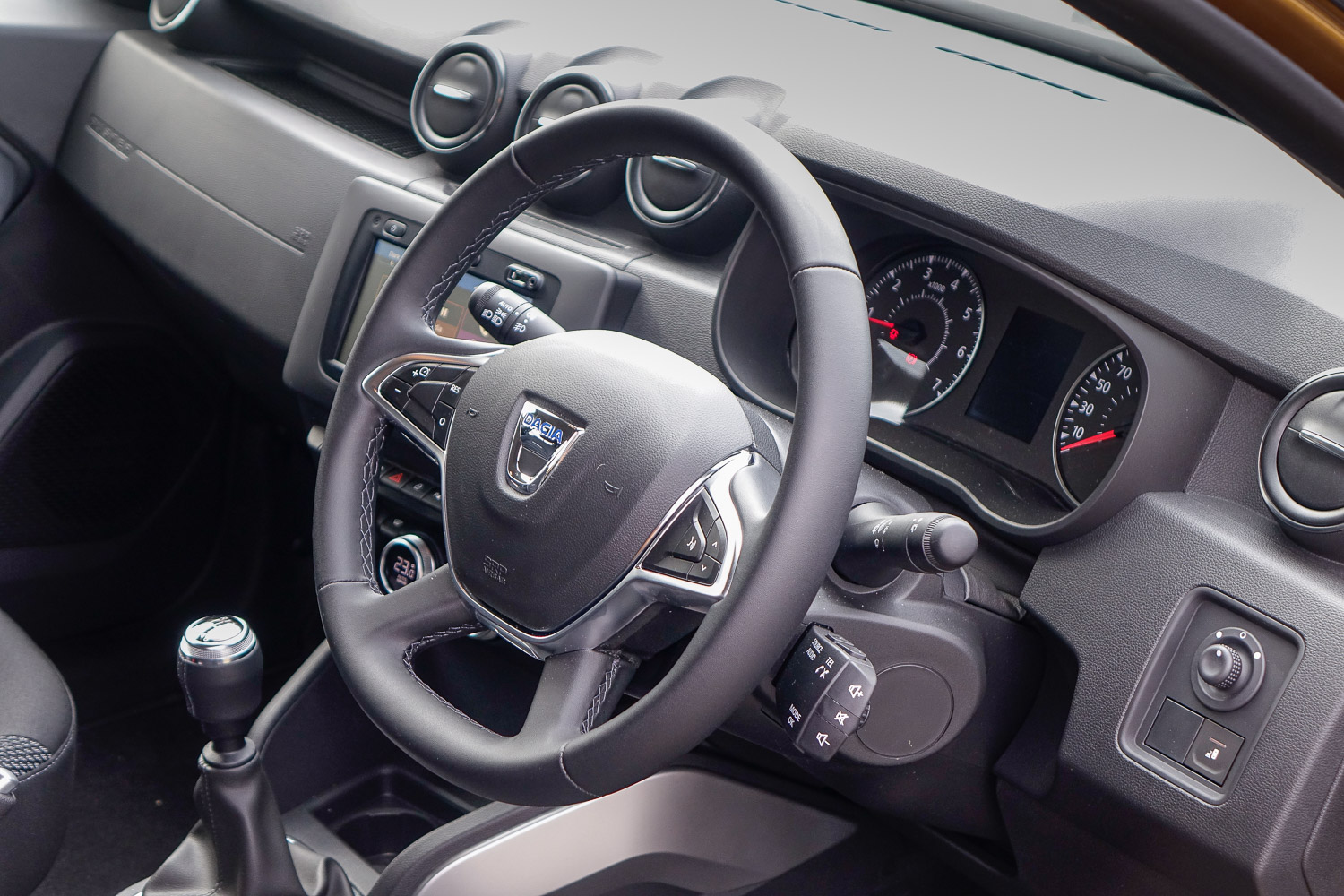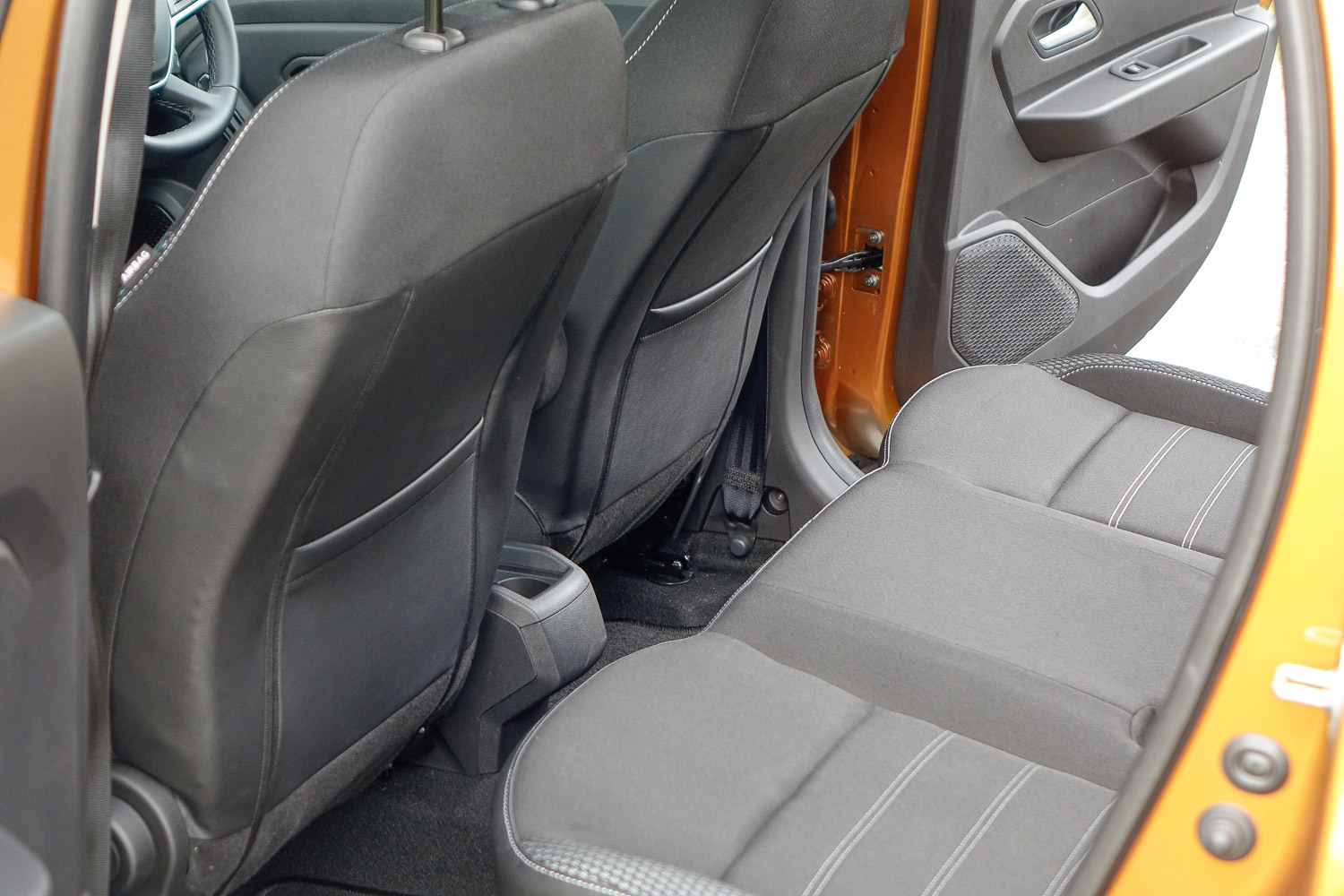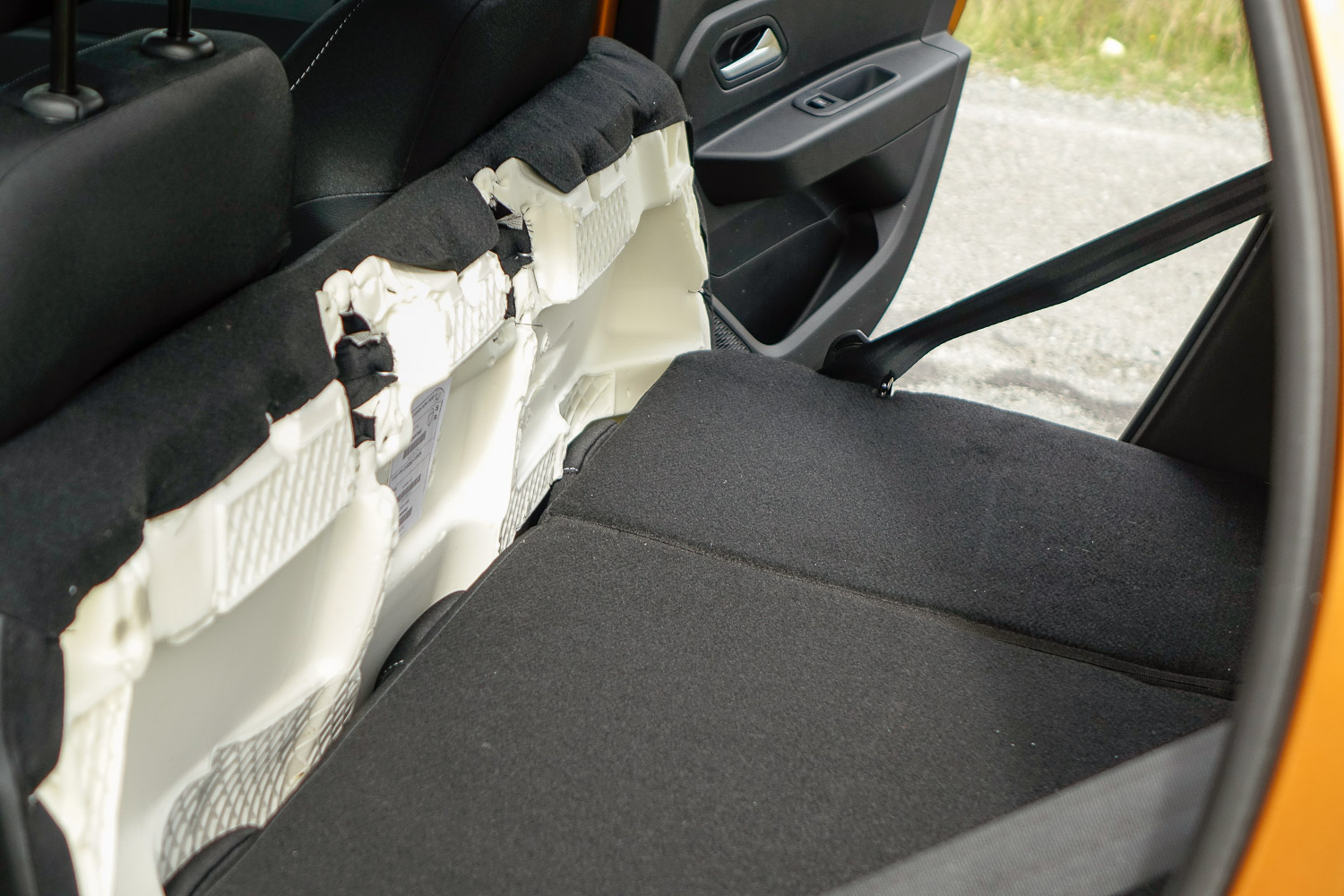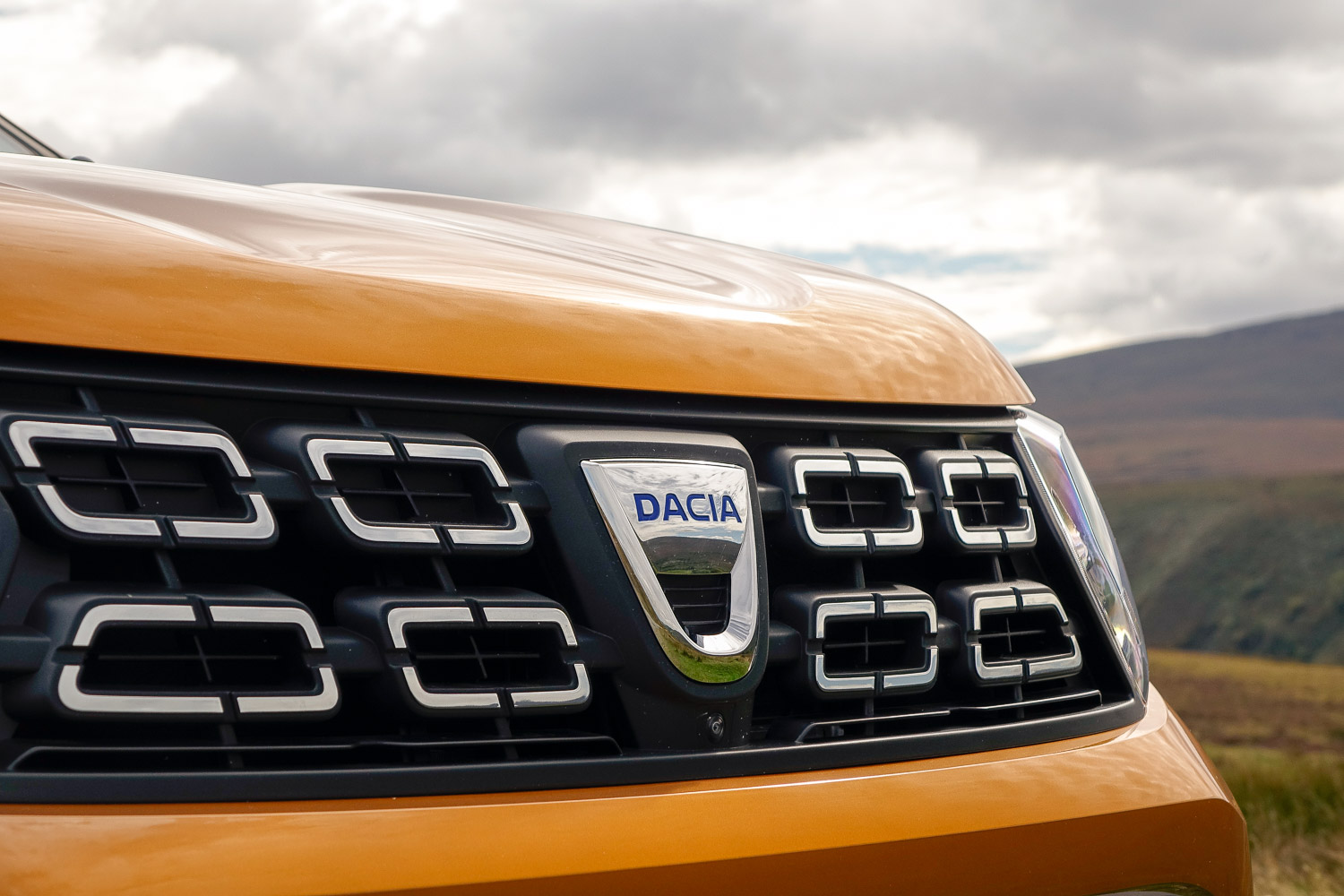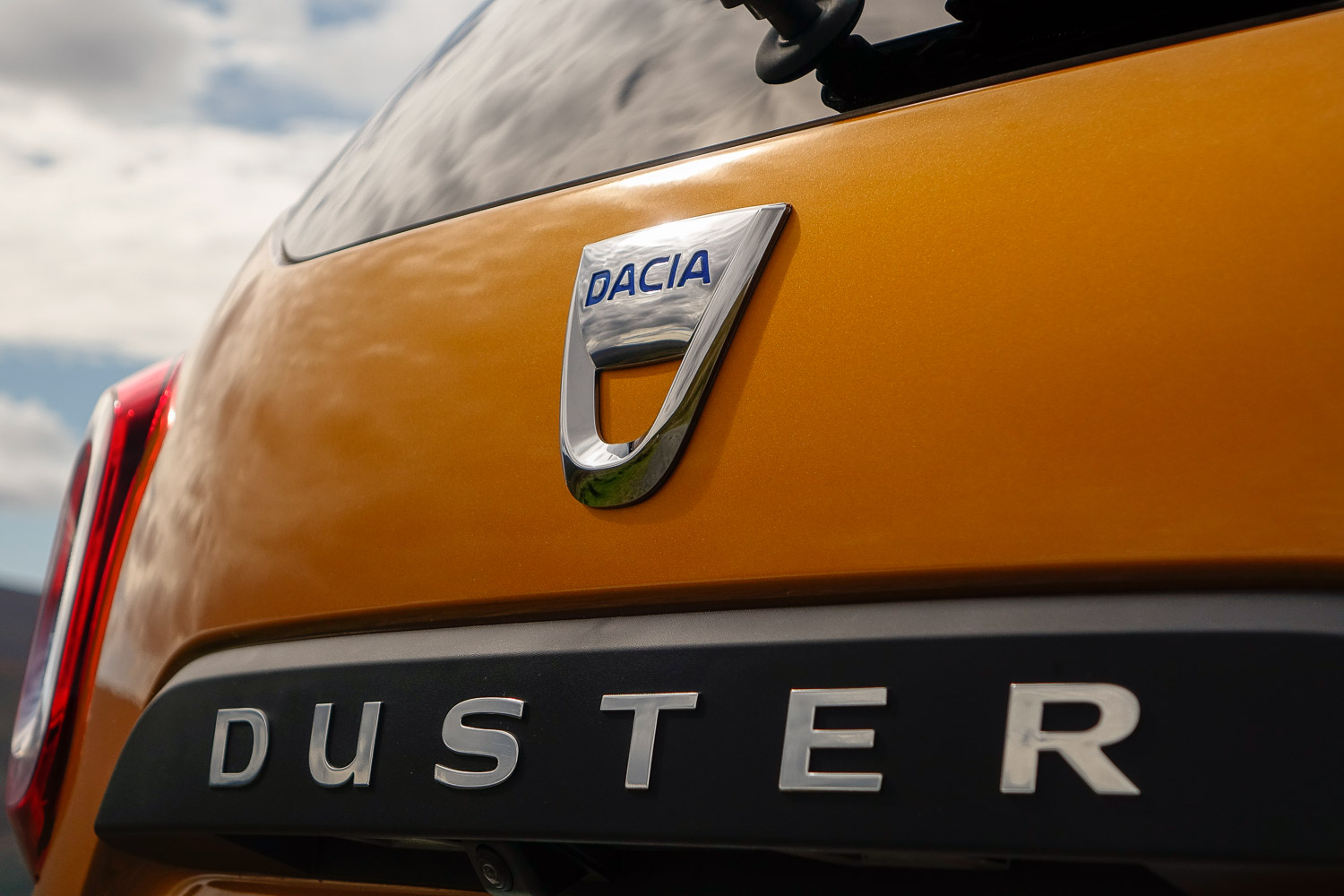What are you driving?
The latest version of the Dacia Duster, and that means a car that has utterly changed perceptions of vehicular value. I hardly need to remind you of it, but basically, almost a decade ago, Dacia brought to Irish car buyers' attention that you could buy a roughly-Qashqai-sized crossover for the price of a small hatchback. OK, so you had to accept a little crudity, a pervading sense of cheapness and some of the worst front seats known to man, but the overall offer was tempting to many, and we've not really looked back.
Now comes Duster 2.0 - it rides on basically the same platform as before, but with some tweaks, and more than a few improvements. Those include chunkier, more appealing styling (in that it looks like it actually has been styled, this time), improved interior space and cabin quality, a much better touchscreen and (at last!) comfier front seats.
For this version, the Duster is also getting a bang-up-to-date engine. Previously, the Duster mostly had to make do with hand-me-down old Renault units, but our TechRoad-spec test car came with the shiny new 1.3-litre turbo petrol engine, which is not only used by Renault and Nissan, but by Mercedes, too.
Prices have crept up a little (more on that in a bit), but you can still buy one for the same price as a mid-spec small hatchback from other manufacturers.
Name its best bits
It's far from the first time that we've driven a car with this engine, and far from the first time that we've been impressed with it. The 1.3-litre turbo four-cylinder unit develops, here in the Duster, 130hp and 240Nm of torque, and that's more than adequate to push the Romanian car's relatively trim frame along. Performance never feels anything less than decently brisk, while fuel consumption is kept pretty well in check, too. Refinement is also good - you have to accept, with the Duster, a little more noise than you might find in other cars of the same size, but it is acceptable.
So too is comfort. Not only is the ride comfort of the suspension very good, but the front seats at last appear to have been designed to actually be sat upon. The Duster's cabin has been much improved, as well, and major touch points, especially the steering wheel, now feel if not quite expensive, then at least not alarmingly cheap. You can see, as soon as you sit in, that the Duster is built down to a price (that is the whole point, of course), but it's much less hair-shirt than it was, and the nasty, rough edges (literally) of the old cabin have gone.
It's not going to be a handling champ, of course, but the Duster has nicely weighted steering, and bumbles along competently. Body roll in corners is not excessive, and front-end grip and traction are decent. Don't ask it too many difficult questions and it will never feel anything less than safe and secure.
Anything that bugs you?
While it's very, very good that the touchscreen in the dashboard has been moved up to a much more accessible location (the old one was practically down at your ankles), the software it runs is awful - old fashioned in appearance and very limited in scope. It was hardly worth the effort.
The other issue is pricing. While the Duster's base price of €17,390 is still very appealing, that's for the most basic model of all. Our high-spec test car, clocking in with a price of €23,040, is in competition with some deeply impressive new models, such as Ford's excellent Puma, and the Duster simply cannot cope with that.
And why have you given it this rating?
If I were buying a Duster, I wouldn't buy this one. While the 1.3 engine is impressive, and the overall improvements to the car are very welcome, in this spec it is just too expensive to make sense. The best Duster, as has always been the case, is the cheapest Duster.
What do the rest of the team think?
The updates have been hugely successful. The Duster looks decent on the outside, has a much-improved interior (still not perfect, but more spacious than any other new car priced the same) and it's very good at soaking up bad roads. This petrol engine is at its best at low speeds, as it can get quite gruff, though it's tricky to drive smoothly at light throttle openings, annoyingly. As Neil said, the Duster makes more financial sense further down the range ladder than this high-spec TechRoad model.
Shane O'Donoghue - Editor
Alternatives
Citroen C3 Aircross: Pricier than a Duster in basic form, but the upright C3 has quirky styling, great comfort and a classy cabin on its side.
Ford Puma: At the price level of this specific Duster, there's simply no beating the new Puma. Great looking, practical and great to drive.
Kia Stonic: The Stonic is arguably not Kia's best work, but it is well priced, looks stylish and is engaging to drive.

